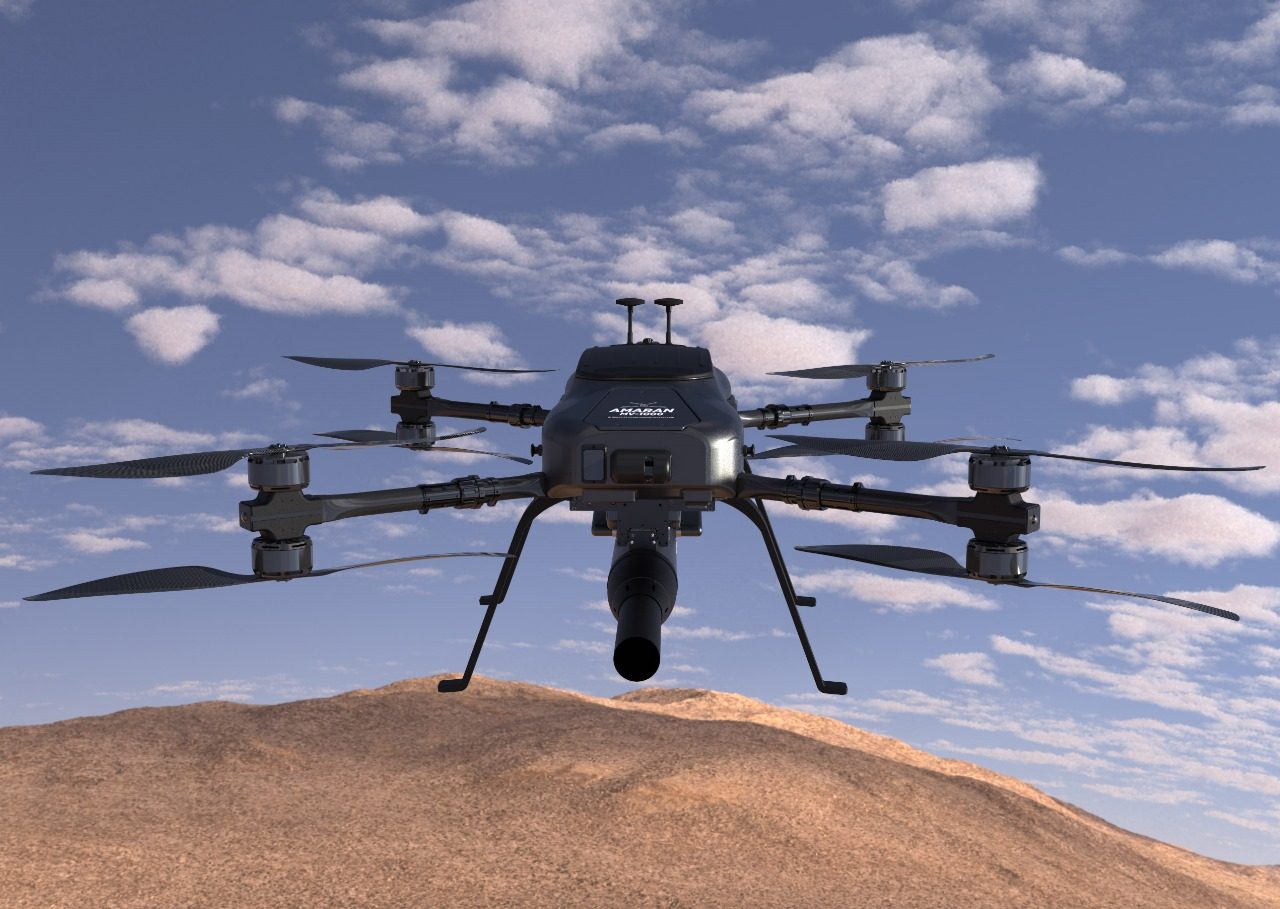The United States’ decision to sharply raise tariffs on Indian goods threatens to disrupt India’s burgeoning drone sector. In late July 2025, the U.S. imposed a 25% tariff on most imports from India. It now appears (as of August, 2025) that the rate may double to 50% in response to India’s continued Russian oil purchases. While several sectors, such as pharmaceuticals and electronics, were granted exemptions, drones and drone components were not, creating a significant obstacle for Indian firms seeking to penetrate the U.S. market.
India’s Drone Industry: Rapid Growth and Ambitions
Fueled by government initiatives like the Drone Rules 2021 and the Production Linked Incentive (PLI) Scheme, India’s drone sector has seen remarkable expansion, especially in agriculture, logistics, infrastructure inspection, and defense applications . Companies such as ideaForge, Garuda Aerospace, and DroneAcharya have gained attention through IPOs and defense contracts, signaling the strength of India’s domestic drone ecosystem.
India’s Import Restrictions: Curbing Chinese Dominance
A key reason India’s domestic drone sector has grown so quickly is the government’s decision to limit foreign competition, particularly from China. In 2022, the Ministry of Civil Aviation banned the import of fully assembled drones, a move designed to encourage local manufacturing and give Indian startups a competitive edge (Outlook Business, May 26 2025). At the same time, the Ministry of Defence strictly prohibited the use of Chinese-made components in military drones, citing security concerns.
Despite these measures, challenges remain. Chinese drones are still accessible through unauthorized grey market channels, raising regulatory and safety issues for authorities. While component imports such as motors, sensors, and batteries continue to play a role in India’s supply chain, the overall effect of the restrictions has been to ensure that the Indian market is not dominated by Chinese drone makers. This protective stance has created the conditions for India’s drone manufacturers to grow into serious domestic and international players.
The U.S. Market: Filling the Chinese Void
Security concerns in the U.S. have curtailed use of Chinese drone platforms, particularly DJI. The National Defense Authorization Act (NDAA) prohibits government use of certain Chinese-made drones, and the Department of Defense has promoted the Blue UAS program to identify secure, compliant alternatives. Indian manufacturers have positioned themselves to fill this gap, developing NDAA-compliant designs and pursuing U.S. partnerships.
Trump’s Tariffs: From 25% to 50%
With tariffs threatened to go up to 50%, the impact on a burgeoning drone export business could be significant. Despite exemptions granted to sectors like pharmaceuticals and smartphones, drones were notably excluded, exposing Indian drone firms to steep additional costs if they seek U.S. market access.
A Strategic Inflection Point
India’s drone industry has expanded under policies designed to promote domestic manufacturing and reduce dependence on foreign suppliers. At the same time, restrictions in the United States on Chinese-made drones have created an opportunity for new entrants to serve government and commercial markets. The recent U.S. tariff increases, however, add significant cost pressures for Indian manufacturers seeking to compete in that space. How these policies evolve, and whether exemptions or adjustments are introduced, will shape the extent to which Indian drones can participate in the U.S. market.
Read more:


Miriam McNabb is the Editor-in-Chief of DRONELIFE and CEO of JobForDrones, a professional drone services marketplace, and a fascinated observer of the emerging drone industry and the regulatory environment for drones. Miriam has penned over 3,000 articles focused on the commercial drone space and is an international speaker and recognized figure in the industry. Miriam has a degree from the University of Chicago and over 20 years of experience in high tech sales and marketing for new technologies.
For drone industry consulting or writing, Email Miriam.
TWITTER:@spaldingbarker
Subscribe to DroneLife here.


